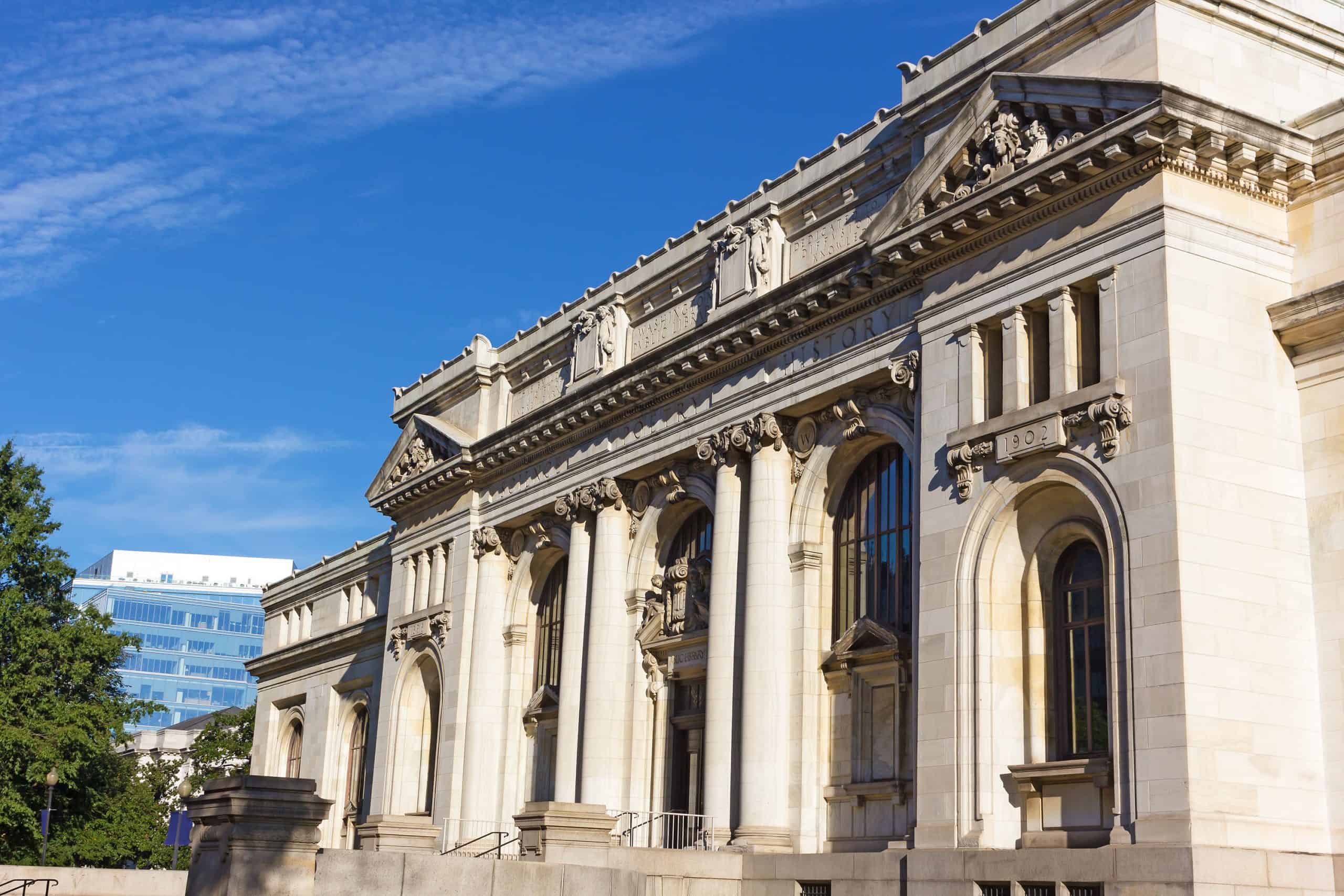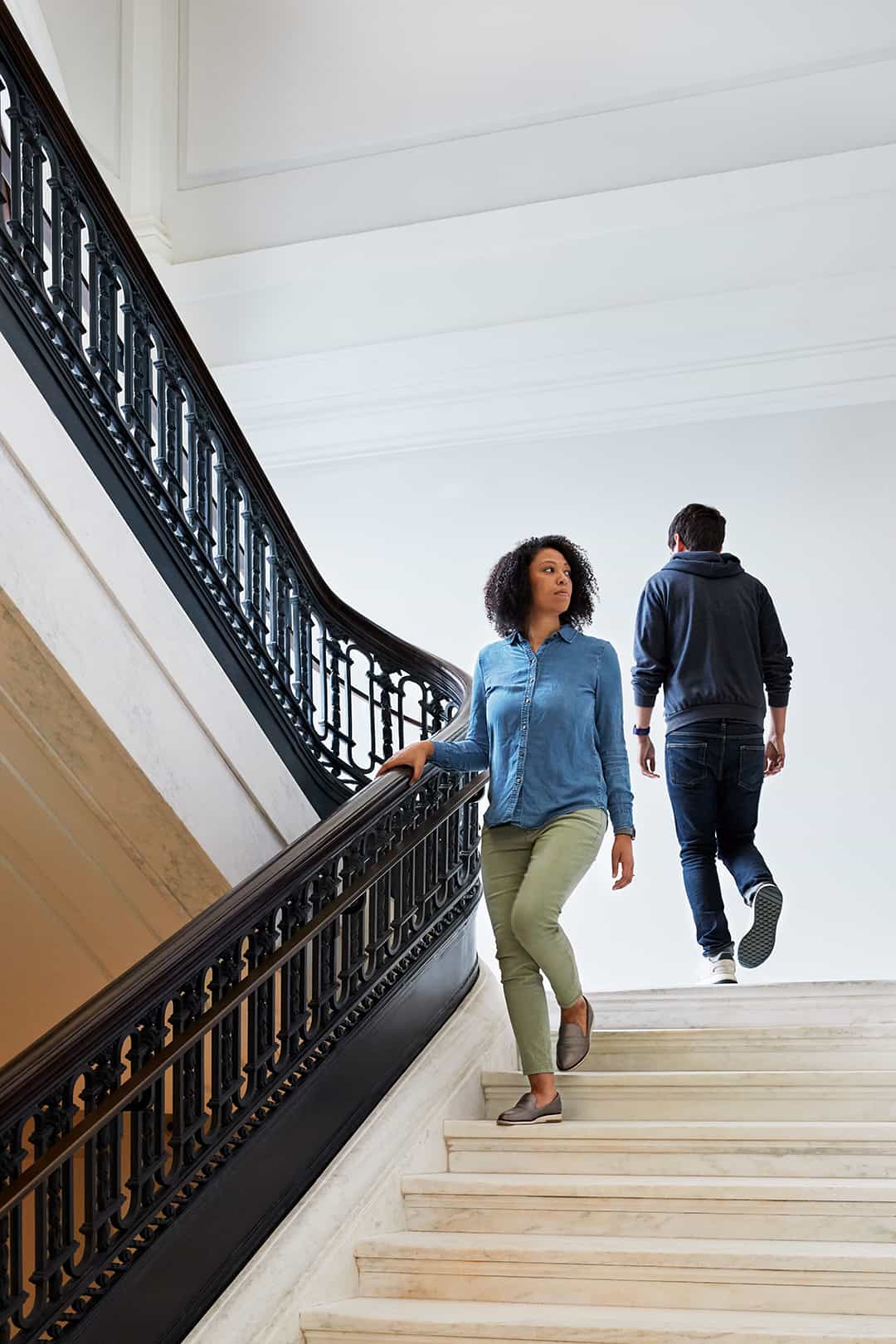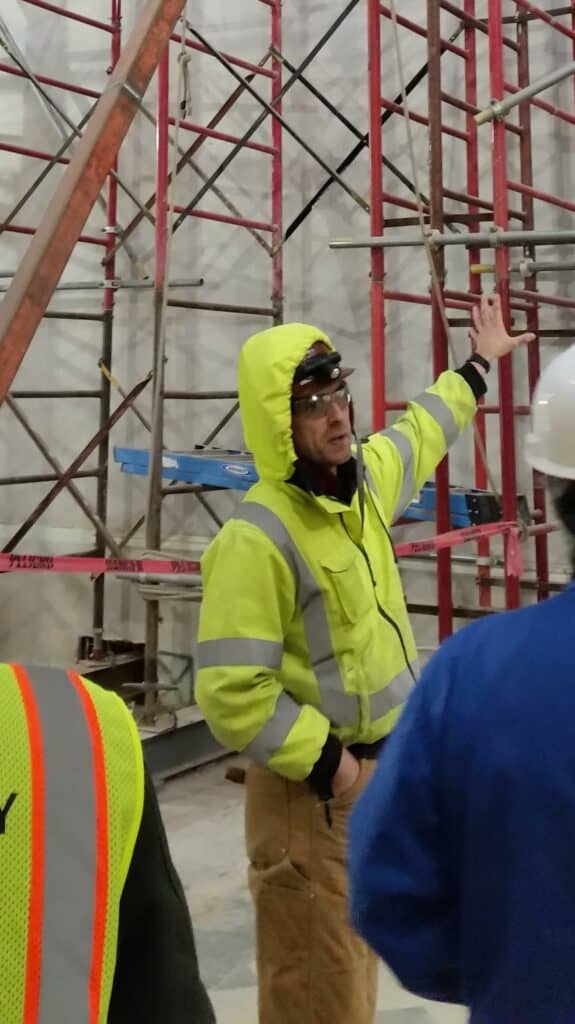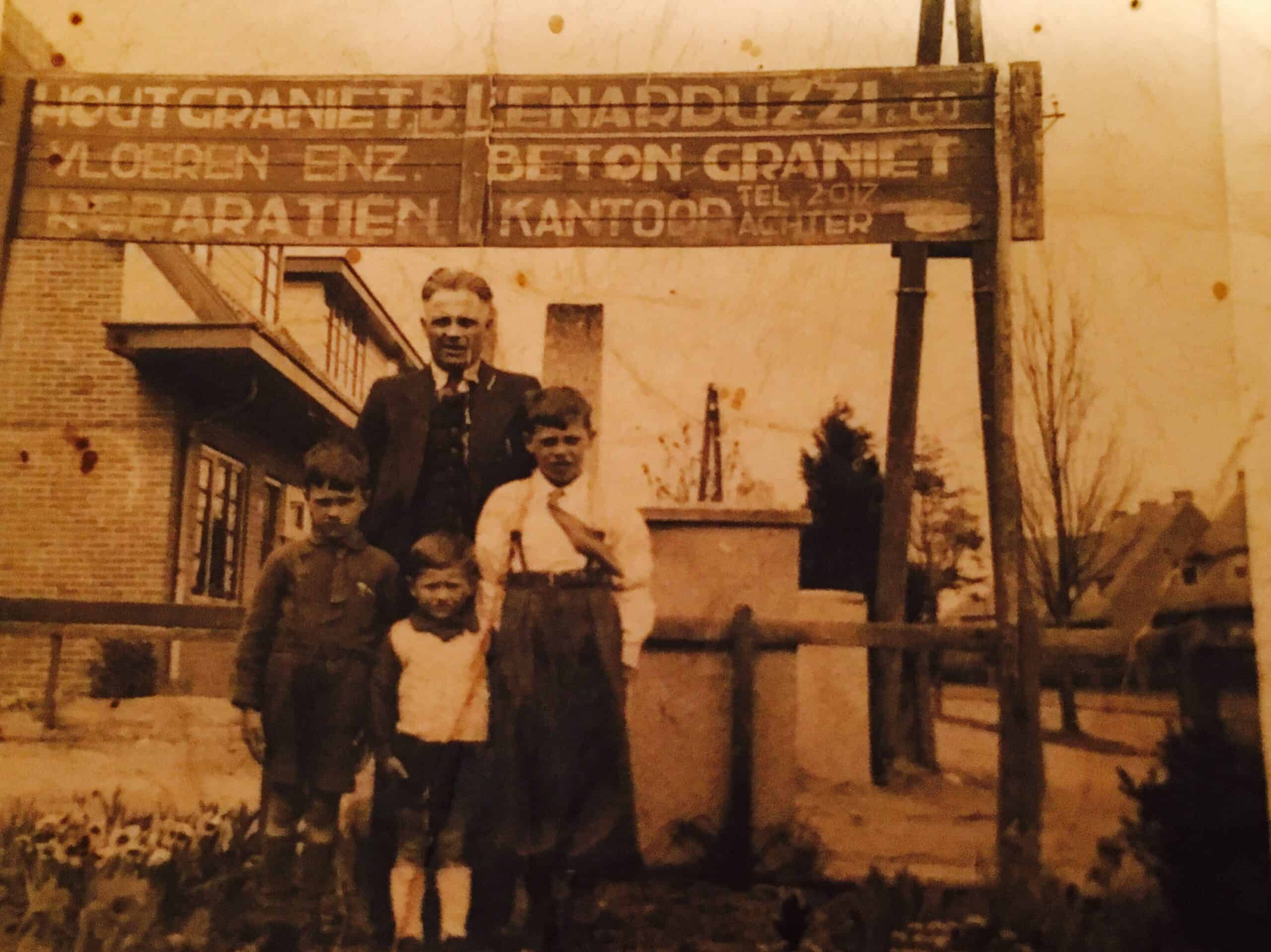In 2019, the Carnegie Library re-opened to the public with a re-imagined design and purpose in Washington, D.C., as the Apple Carnegie Library. Originally unveiled in 1903 as a gift from Andrew Carnegie, the building features a spectacular exterior of Vermont Danby Marble and Milford Granite and an interior with a central atrium, reading rooms, a grand staircase, and a basement with a Guastavino tile vaulted ceiling.
The project was Apple’s “most extensive historic restoration project to date, restoring and revitalizing the Beaux-Arts-style building once home to Washington D.C.’s Central Public Library.”
To tackle such an extensive endeavor, Apple assembled a project team that included designers from Foster + Partners, Beyer Blinder Belle and Grunley Construction.

Nicholas Patrick, Conservator and Quality Control Manager for D.C.-based Grunley Construction, says his company got brought onto the job in 2017 for a full modern update and restoration of the building, inside and out.
Apple’s vision was for the building to be one of just a handful of flagship stores across the world – meaning it would provide conference and work spaces for Apple's Board of Directors. As an adaptive reuse of an existing Beaux-Arts-style building, the design would take an understood departure from the tech giant’s typical aesthetic of glass boxes.
The team at Grunley was tasked with reverting the building to its original layout, reinstating the historic integrity lost during multiple renovations.
“The previous tenants modified the building to the point where it lost the historic integrity of the floor plan,” Patrick said. “The original two floors of the east wing were gutted and became a theater. We restored it back to two floors and back to the original floor plan. Apple ended up basically restoring as much as they could except for the Genius Bar, where the library stacks were originally. The majority of the building was transformed back to the original floorplan.”

According to Apple, its intent was to honor Carnegie’s vision of a public and free space, opening it up as a center for learning, discovery and creativity for the community. In addition to serving as an Apple retail store, the 63,000-square-foot space also hosts free daily programs and sessions led by local artists and creators, Apple says. The library also includes the new DC History Center, including three galleries, a museum store, archival space and the Kiplinger Research Library.
On the exterior of the building, consisting of a marble and granite facade, Patrick and his team found the Beaux-Arts elevation generally in tact from an architectural standpoint. However, specific carved elements were badly deteriorated.
Along with the restoration of the façade, the north side of the building had changed significantly, at least twice, Patrick says, since original construction, and his team got to work rebuilding certain elements to reflect the original design.

Once Patrick and his colleagues gained access to view the marble up close, they realized a decision needed to be made.
“With the scaffolding up, we were able to assess conditions and found that there were two options [for the deteriorated elements]. Either consolidation of dentals, sculptural groups and cornice, or replacement due to life safety concerns,” he says.
“The client bought a few new dentals on the Beaux-Arts side, but we couldn’t repair or replace all the carved elements that were sugaring under a coat of calcite. They looked good, but as soon as you touched them, they became very friable. The construction team suggested trying HCT and [the client] went for it. It was very reactionary, it wasn’t anticipated in the spec.”
Once cleaning was completed by Evergreene Architectural Arts, the team was ready to apply the consolidation treatment. HCT, a two-component hydroxylating conversion treatment from PROSOCO, is commonly used on historic retrofits and adaptive reuse projects because it strengthens and protects deteriorating carbonate building stones, including marble, limestone, dolomite and travertine.
Through previous experience, Patrick was already well-aware of HCT and its use in historic preservation, as well as several other restoration cleaners from PROSOCO.

“I’ve used PROSOCO ever since I started in this industry, from rust removers, architectural cleaners, strippers, almost everything in your restoration line I’ve used,” he says.
He’s also familiar with the people behind the products, including Guy Mazza, a PROSOCO sales rep serving the D.C. region, and Sarah Holder, an architectural conservator and PROSOCO’s Preservation and Technical Training Specialist.
“When we got the go-ahead, Guy was part of getting the HCT up and running,” Patrick says. “There’s some pretty specific environmental controls that have to be maintained, including temperatures during summer and winter. It can be very difficult on a scaffold. Guy came on site a couple times to assist the installation and application.”
“Sarah’s my go-to. Anytime I have a problem, question, concern or need a recommendation, I’ll call her cell.”
Patrick also lauds his superintendent on the project, Josh Roe, who he says set a project standard that reinforced the importance of the historic preservation work.

“I deal with a lot of supers that may not recognize the significance of historic preservation and the care required to preserve historic buildings,” he says. “Josh was on board with doing it the right way. We had a really good working relationship, and project results reflected the steps taken to facilitate and protect the historic preservation work.”
Truly knowledgeable problem-solvers on a job site offer a refreshing change in the current landscape of construction supply sales, he adds.
“Often, reps are just pushing their products and the knowledge is very shallow. But with (Sarah), I know we both want to do the right thing with the building. That’s how all preservationists should be. We’re advocates for the building.”
In his preservation circles (which is where Patrick met his wife, Sarah Fudge, by the way), the concept of advocating for a historic building is commonly understood, but sometimes difficult to apply in today’s construction reality.


“The right answer isn’t necessarily the cheapest or fastest,” he says. “Finding that balance is tough but I believe that we’re doing the best for the building and the best for the future."
Patrick’s advocacy for historic buildings can be found scattered all across Washington, D.C., including some of its most prominent landmarks like the north/Senate wing of the U.S. Capitol, the U.S. Chamber of Commerce, the Veterans Affairs Headquarters, the Naval Academy in Annapolis, the Jefferson Memorial and now, the Carnegie Library.

When he passes the building on his way to current projects, he can’t help but reflect on the accomplishment of giving the building a new life.
“I’m like a gloating father when it comes to this,” he says. “It went from a place where homeless people congregated, slept and panhandled to a beautiful public space with a grandeur of the building being returned to its original state. It’s a notch on my belt personally and professionally. Being a preservationist, I love to see derelict buildings brought back into use and so I’m very happy with the results of my project team. It almost cost me my marriage because we put so much blood, sweat and tears into the building. I drive by it about once a month and every time, it puts a smile on my face.”
![]()











